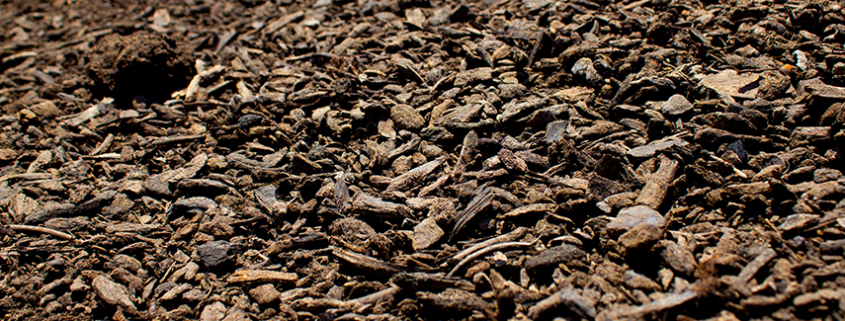Wood Products in Soil Blends
Wood products are commonly used in potting soil mixes to improve their structure, drainage, and water-holding capacity. Here are a few ways wood products can be incorporated into potting soil:
- Bark: Bark chips or shredded bark are often added to potting soil to increase its porosity and improve aeration. Bark helps prevent compaction and allows water to drain freely, reducing the risk of overwatering. It also adds organic matter to the soil, enhancing nutrient retention and microbial activity.
- Wood chips: Coarse wood chips, typically made from hardwood, can be used in potting soil to promote drainage and prevent soil compaction. They create air pockets in the soil, allowing oxygen to reach the plant roots. Wood chips break down slowly, providing a long-term source of organic matter.
- Sawdust: Sawdust, which is finely ground wood, can be incorporated into potting soil mixes in moderation. It helps retain moisture and improve water-holding capacity. However, sawdust should be used sparingly, as excessive amounts can cause soil compaction and deplete nitrogen levels.
- Wood-based compost: Composted wood products, such as aged wood chips or sawdust composted with other organic materials, can be beneficial for potting soil. Wood-based compost improves soil structure, adds nutrients, and enhances moisture retention. It also supports beneficial microbial activity in the soil.
When using wood products in potting soil, it’s important to consider the type of plants you are growing and their specific needs. Some plants, such as those that prefer well-draining soil or acidic conditions, may benefit more from wood products in the mix. It’s also essential to balance the use of wood products with other components like peat moss, perlite, or vermiculite to create a well-balanced potting soil blend.
How is Wood Product Sourced?
Wood products used in potting soil can be sourced from various places. Here are some common methods of obtaining wood products for potting soil production:
- Timber Industry By-Products: Wood products for potting soil are often sourced as by-products of the timber industry. This includes bark, wood chips, and sawdust generated during the processing of logs into lumber. Timber mills or processing facilities may sell or provide these by-products to potting soil manufacturers or composting operations.
- Forest Residue: Wood products can be obtained from forest residue, such as branches, twigs, and small logs that remain after logging operations or forest management activities. These materials are often chipped or shredded into smaller pieces suitable for potting soil applications.
- Recycling Programs: Some wood products used in potting soil may come from recycling programs that collect and process wood waste. This can include discarded wooden pallets, furniture, or construction waste that is processed and transformed into wood chips or sawdust suitable for potting soil mixes.
- Tree Care Services: Arborists, tree maintenance companies, or municipal tree removal programs generate wood waste in the form of branches, prunings, and tree trimmings. These materials can be chipped or shredded and utilized in potting soil production.
It’s important to note that sustainable sourcing practices are crucial when obtaining wood products for potting soil. This may involve utilizing materials from certified sustainable forestry operations or ensuring that the wood waste comes from responsibly managed sources. By promoting responsible sourcing, the environmental impact associated with wood product extraction can be minimized.



